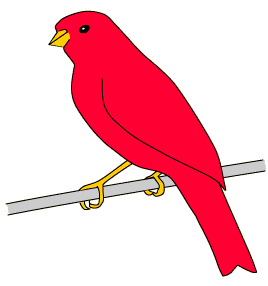electric current voltage and circuits





Electronics Basics: Electrical Voltage - For Dummies.
Every electric circuit must have a voltage source, which acts as the source of energy for maintaining a voltage that causes current in a complete circuit.
It is customary to use the angle by which the voltage leads the current. This leads to a positive phase for inductive circuits since current lags the voltage in an inductive circuit. The phase. HyperPhysics***** Electricity and Magnetism, R Nave.
Current and voltage in electrical circuits - Test. 1. What component does this circuit symbol represent? A triangle with a line across the point inside a circle, with.
A-level Physics Current, Charge and Voltage. - S-Cool! Revision.
Voltage - Power Up - UK Power Networks.
The current transports electrical energy along conductors. Voltage (V) is a measure of energy per unit charge between two points in the circuit. One may think of.
Voltage and current in a practical circuit [edit]. Because it takes energy to force electrons to flow against the opposition of a resistance, there will be voltage.
electric current voltage and circuits
electric current voltage and circuits
Current and voltage in a circuit - BBC.com.
Quantitative relationship between current, voltage and resistance.
The current transports electrical energy along conductors. Voltage (V) is a measure of energy per unit charge between two points in the circuit. One may think of.
Lessons In Electric Circuits -- Volume I (DC) - Chapter 2 - Ibiblio.
FHSST Physics/Electricity/Voltage and Current in a Practical Circuit.
The power relationship is one of the main tools for the analysis of electric circuits, along with Ohm's Law, the voltage law and the current law. Applying the.
Current electricity is about moving charged particles. If you allow the charge. Voltage changes as the charge moves around the circuit. The potential energy.

This is the rate at which electric charge passes a point in a circuit.. Current is given the symbol I and is measured in Amps.